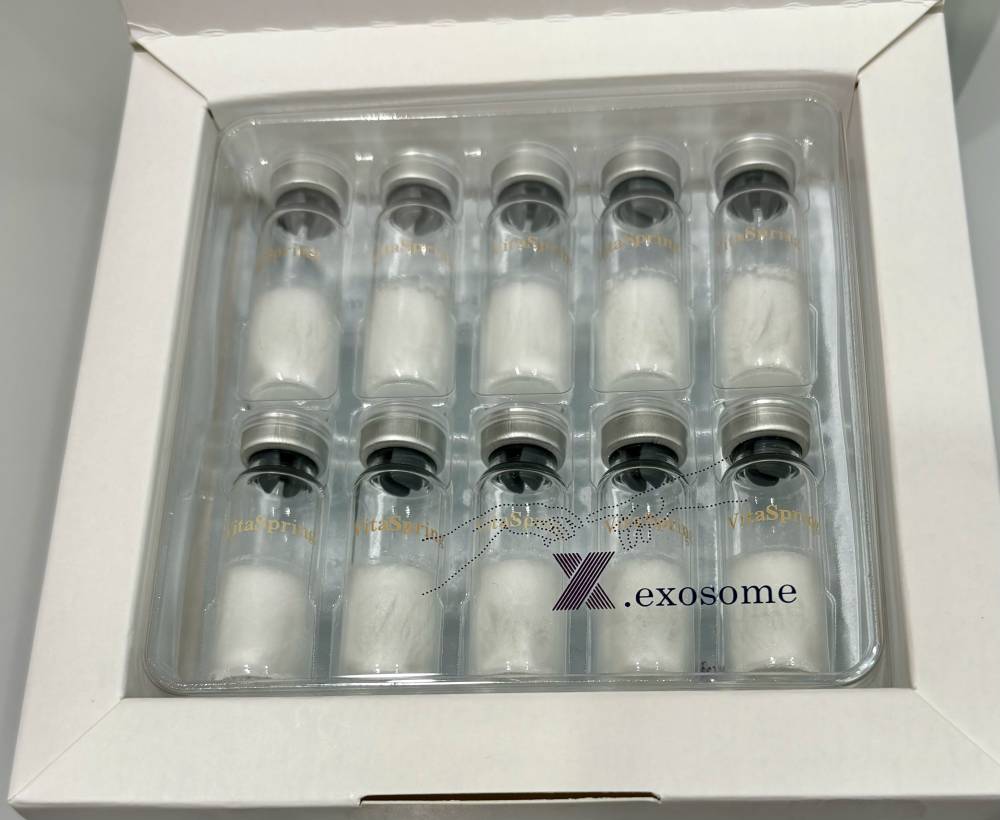A few days ago, a patient I’d been following up on for his heart problem came back complaining of sore throat. His first impulse upon feeling the sore throat a day earlier was to take the “leftover” antibiotics prescribed by another doctor for his upper respiratory tract infection.
He thought he was doing the right thing. Although he was sure it was not the dreaded COVID-19, he was worried that if his sore throat got worse, he would be more susceptible. He thought the antibiotic would help him recover faster.
Such a misconception could have serious consequences, and could even be one major reason we’re now experiencing antibiotic or antimicrobial resistance. We need more potent antibiotics because the ones which previously worked against common bacterial infections are no longer effective. Most sore throats and other respiratory tract infections are not bacterial in origin and will not respond to antibiotics. Although they’re viral, they’re far from being COVID-19-related, so antibiotics won’t help. Even if they were COVID-19-related, the antibiotics still won’t help, unless there’s a superimposed bacterial infection, in which case more potent intravenous antibiotics are needed.
We’ve read about emerging superbugs, microbes resistant to most antibiotics. This is no trivial problem we can just brush aside. As the World Health Official (WHO) warns, the world may find itself in an era when there are no effective drug treatments for infections anymore.
Doomsday scenario
Simple as it sounds, it looks like a doomsday scenario, more uncontrollable than the COVID-19 epidemic sweeping the globe. It means that even common infections affecting the respiratory or urinary tract can progress to potentially life-threatening infections because the bug can’t be controlled by antibiotics. Bacteria will have their grand heyday, and everyone—especially the elderly, children and those with compromised immune systems—can fall prey.
This grim prospect was brought about by human folly—the abuse, misuse or irrational use of drugs, particularly antibiotics. We take antibiotics as if they were ordinary vitamins.
For colds, low-grade fevers and most viral infections, we go to our friendly pharmacist, who readily gives us antibiotics like amoxicillin and cephalosphorin, even without a doctor’s prescription. We think that when the fever and other symptoms dissipate after a few days, it was because we took antibiotics, not realizing that most viral infections are self-limiting and disappear even without treatment. We think that we’ve saved money by getting the antibiotics over the counter instead of consulting a doctor, not realizing the stiff price we pay because we have spawned the seeds of antimicrobial resistance in our bodies. This is one of the gravest self-inflicted harms we’ve been doing in these times.Even doctors should heed this call to prevent the accelerated development of antibiotics resistance. According to WHO, an estimated 50 to 70 percent of prescribed antibiotics in many settings are unnecessary.
We’re happy to note that antibiotic manufacturers are joining the fight to prevent the rapid development of antimicrobial resistance. I know that the local association of multinational pharmaceutical companies—the Pharmaceutical and Healthcare Association of the Philippines (PHAP)—pledged to help prevent this specter.
It aims to support ethical promotions of antibiotics, adherence to highest standards of good manufacturing procedure (GMP), and development of new antibiotics.
PHAP advocates the use of only the latest and most appropriate scientific data to support the rational use of antibiotics. The PHAP maintains a solid front in “condemning unethical promotional activities which induce inappropriate prescription of antibiotics.”
The WHO also stresses strict compliance to standards of bioequivalence testing, particularly for antibiotics. The Food and Drug Administration (FDA) needs to monitor continuously the enforcement of regulatory policies. This control measure should be sustained not only during the approval process, but also as long as the drugs are on the market.
It’s a known fact that the development of resistance to old antibiotics is a natural phenomenon. There was a time when good old penicillin was sufficient for most infections. Now it’s hardly being used because most microbes are resistant to it. Newer antibiotics have taken its place for most infections.
Newer effective antibiotics
Drug manufacturers need to continue research to develop new antibiotics proven by human clinical trials to be effective against specific microbes. This takes time, however, so what we would like to prevent is a situation in which microbes develop resistance faster than we discover newer antibiotics.That goes for vaccines, too. Hopefully, we can shake off unfounded concerns about vaccination, after the paranoia generated by those who dissected the Dengvaxia controversy the wrong way.
We just hope though that the newer effective antibiotics can be made affordable to average Filipinos. The price of parenteral (intravenous or intramuscular) antibiotics sometimes costs the minimum wage earner a whole month’s salary to complete a course of treatment. There has to be a way of merging availability and affordability of treatment.
The problem of antibiotic resistance has been long in the making. It is a pathological brew that people caused to develop. Every time we take an antibiotic irrationally, with or without a doctor’s advice, we continue to ferment this brew until it finally blows up. Let’s hope we don’t reach that point. INQ








































